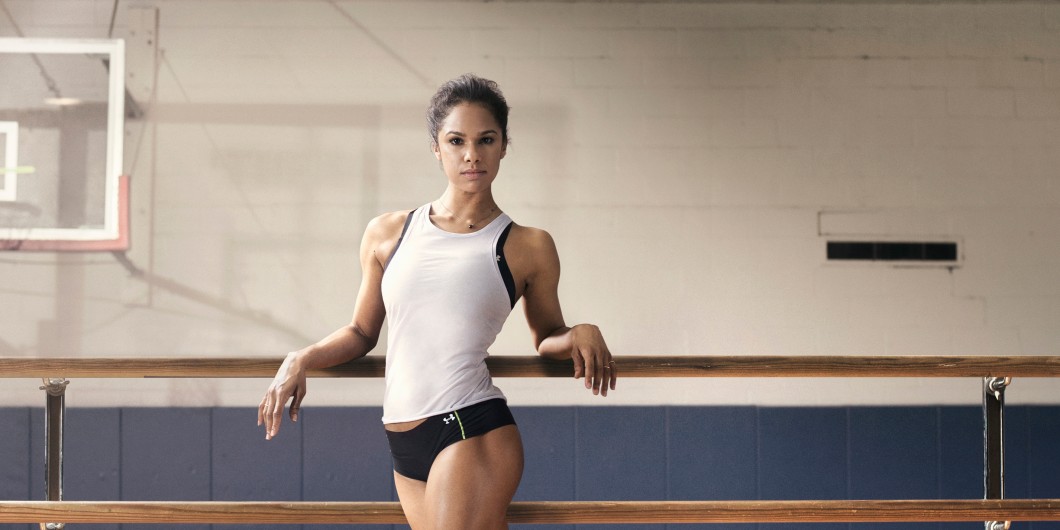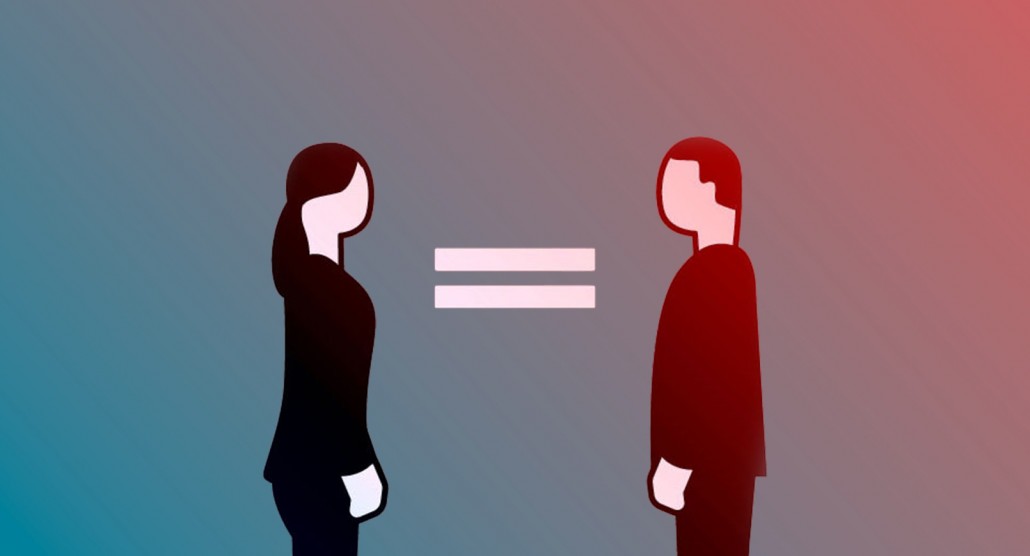We can’t help but take notice of femvertising campaigns like the Dove Self-Esteem Project, Glossier’s Body Hero, #GirlPowered and #likeagirl. They stimulate important discussions and inspire social movements. They make us feel as if the advertising industry is no longer relying on the same, tired hacks when depicting women. But the truth is, these campaigns are barely making a ripple against the endless wave of still-clichéd advertising messages.
According to the latest Prosumer Report from Havas, The Future is FeMale, Quebec women do not appreciate how women are depicted in the advertising they see. Also, the majority of Quebec men and women think that TV ads present too many stereotypes, both male and female.
For every positive Dove message, how many pinkified beauty spots have we seen? For each strong Always girl, how many princesses and bombshells are we subjected to? For every #GirlPowered moment, how many perfect housewives and bossy blondes do we have to suffer through?
Women also continue to play secondary roles in advertising, according to the Gender Bias in Advertising study conducted by Mount Saint Mary University, the USC Viterbi School of Engineering and J. Walter Thompson, New York. After having analyzed over 2,000 advertising messages submitted to the Cannes Lion from the U.S., Canada, the U.K., Australia and New Zealand, they concluded that women only represent one third of all roles. In 2006, 33.9% of characters were female. Ten years later, little has changed—the number has only crawled up to 36.9%. Furthermore, there are five times more ads that feature an all-male cast, as opposed to an all-female cast. The same applies to voiceovers: there are seven times more ads featuring male voice talent.
According to an Ad Standards report, when it comes to female depictions in advertising, Canada is no better and this, despite the fact that two-thirds of Canadians say they boycott products sold with sexist marketing. If consumers are truly so disdainful and positive messages hit the mark, then what’s standing in the way of finally eliminating stereotypes from advertising?
Do we need to go the same legislative route as the Brits and simply ban sexist ads? Do we need advertisers to apply pressure on their agencies? Like Unilever did by joining forces with ONU Women and some 20+ advertisers to establish the Unstereotype Alliance, a new global alliance to eradicate sexist stereotypes in advertising. Or perhaps we should set quotas like Refinery29, which now features the same percentage of plus-size models as there are in the American population?
Femvertising campaigns will drive profound changes in society. But we must also remember that they are effective and generate excellent results for advertisers. It is this commercial success that should encourage advertisers to take the next step. According to Boston Consulting Group, women currently control approximately 30% of the world’s wealth and influence nearly all day-to-day purchases. Women are not a niche. They are your consumers. It’s time to start listening to them.
Article originally published in French on HuffPost Québec
Image from Under Armour


